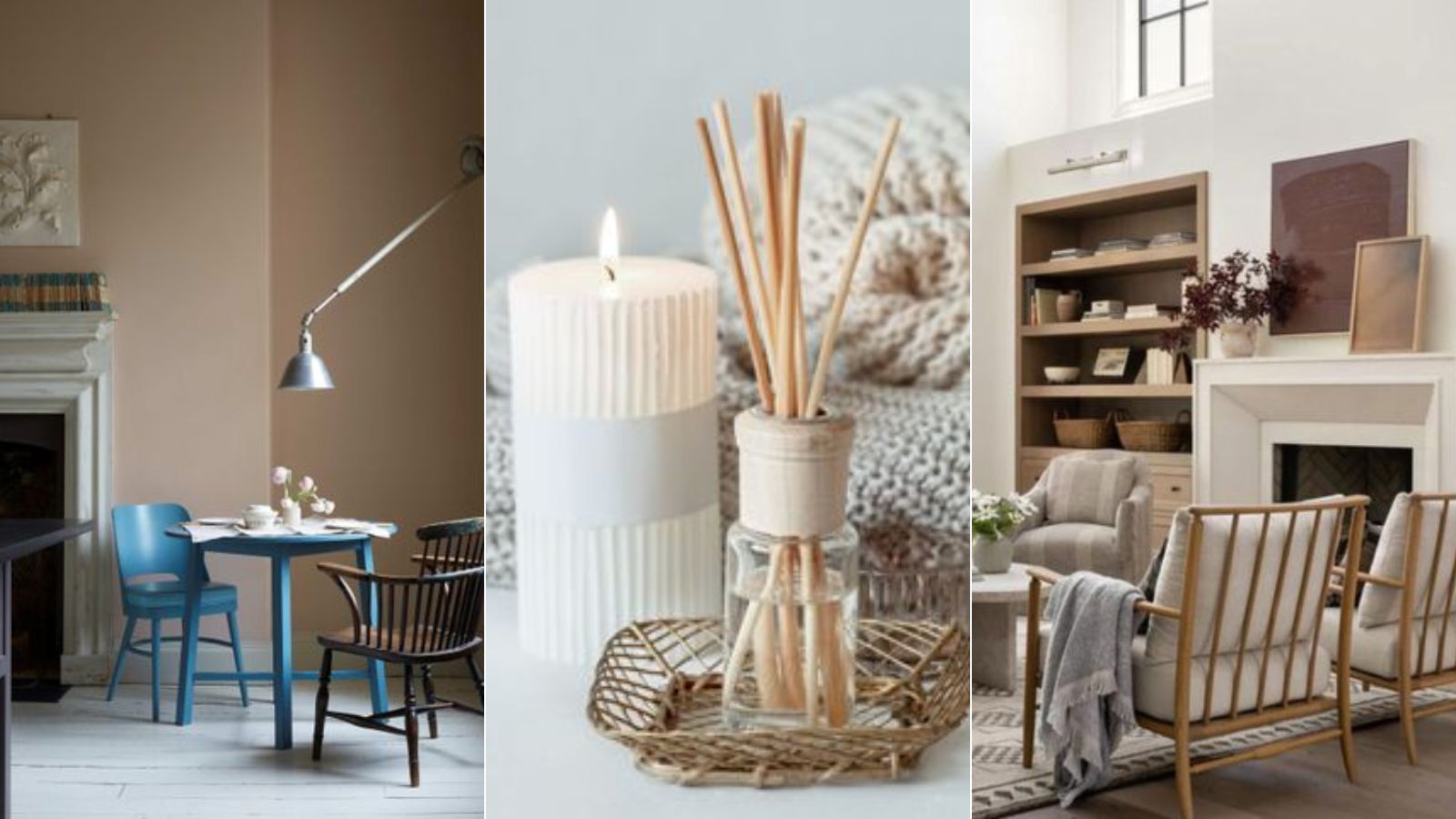
When you're sensitive to fragrances, keeping a home smelling fresh can be difficult. Luckily, there are some inventive methods that can be used, focusing on non-intrusive, natural methods to add gentle aromas to your living space.
Ensure you don't have to sacrifice your comfort when make your home smell nice by personalizing these ideas to your preferences and sensitivities.
Our experts have explained the simple ways to make a home smell nice when you’re sensitive to fragrance, ensuring a fragrant and comfortable space, from adapting the best home fragrances and creating suitable alternatives to preventing odors with air-freshening practices.
How to make a home smell nice when you’re sensitive to fragrance
'It’s important to remember that not all scents are created equal and understand that inorganic scents can have a negative effect,' explains Ed Dailey, director of holistic development at Young Living.
'When finding ways to make your home smell nice, look for scents that are in their most natural form and free from harmful toxins and chemicals. Natural ingredients are less likely to irritate you if you’re sensitive to strong scents.'
1. Use natural soy or beeswax candles
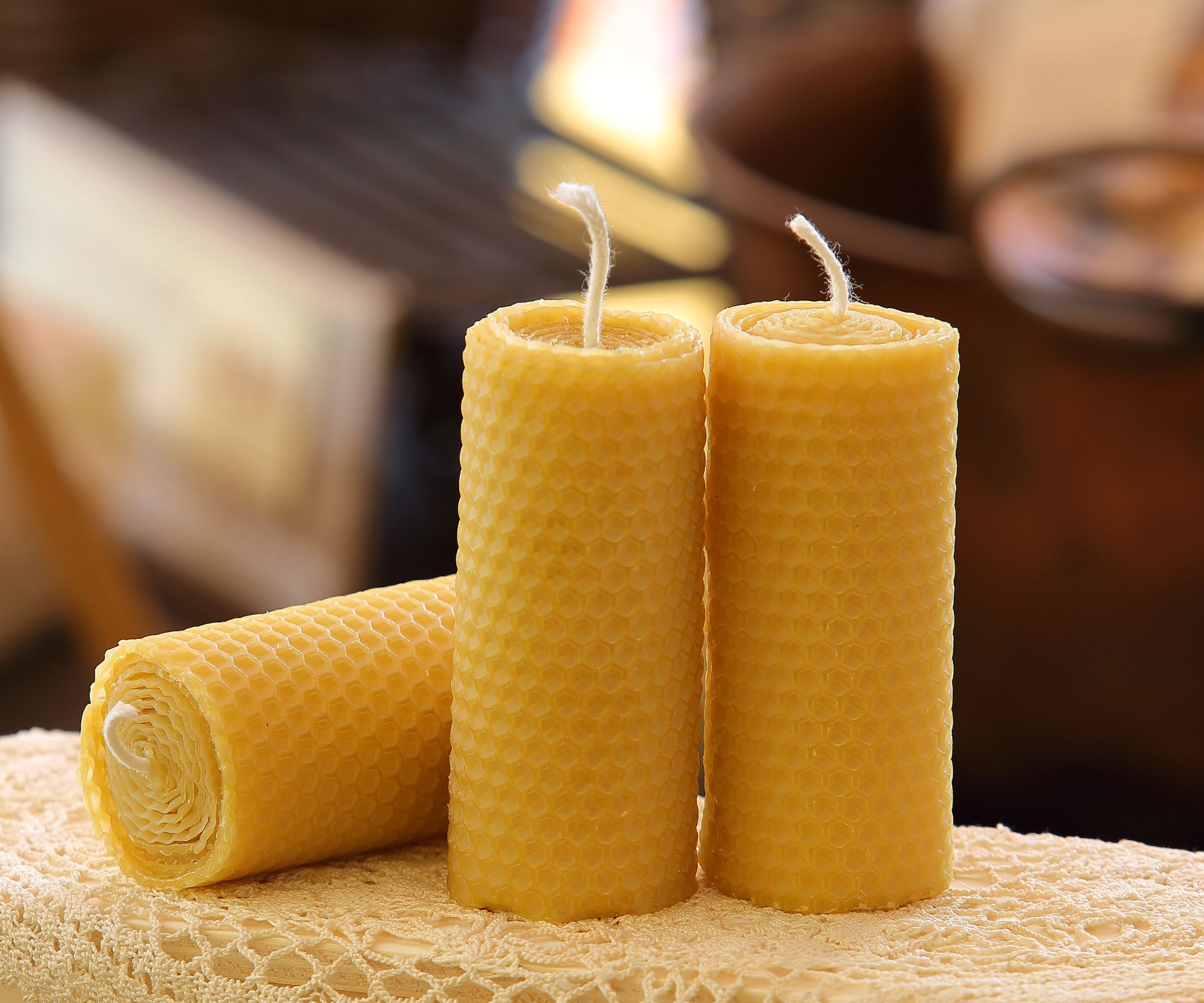
While scented candles are one of the best ways to add pleasant scents to a space, they can be a source of sensitivity for some. Natural beeswax and soy candles can be safer alternatives while adding a subtle, natural aroma to your space.
Soy or beeswax candles are unscented or have natural essential oils at low concentrations, making them the perfect substitute for those with allergies.
These candles can also purify the air in your home, and maintain cleanliness to prevent unpleasant odors from developing.
You can even make your own beeswax candles and experiment with adding other subtle scents using natural essential oils to enhance their fragrance while ensuring it remains safe.
Scent notes: pear, melon, freesia, rose, patchouli, rhubarb, and amber
Wax: beeswax, coconut, and soy wax
Wick: cotton
Scent notes: cedar atlas, ylang ylang, geranium, rosemary
Wax: organic rapeseed and soy
Wick: organic cotton
Scent notes: geranium, tulip, cashmere, rhubarb, vetiver, and amber
Wax: coconut and beeswax
Wick: cotton
2. Herbal and citrus infusions
You can use herbal infusions or citrus peels to introduce natural scents. There are a wide range of different methods that can be used to infuse your home with these natural scents at varying intensities, including some hidden tricks people with nice-smelling homes always use.
'Create a subtle, natural fragrance by opting for natural wax sachets infused with dried herbs,' suggests Ritika Asrani, owner of St Maarten Real Estate. 'These sachets, often made with a beeswax or soy base, emit a mild, herbaceous scent that is both soothing and non-intrusive.
'Place them strategically in drawers or closets for a touch of natural fragrance.'
Bring fresh herbs like rosemary, cinnamon sticks, citrus peels, star anise and other natural ingredients to create potpourri. Tactically place your potpourri in spaces that you may sit or walk past regularly. You can also customize ingredients in your potpourri according to the season.
'For a twist on traditional potpourri, I recommend creating your blend using dehydrated citrus slices and botanicals,' adds Ritika Asrani. 'This not only adds visual interest but also imparts a natural, zesty fragrance.
'The dried citrus releases bursts of freshness without the need for artificial scents.'
Finally, Stephanie Calderon, owner and principal designer at Stephanie Calderon Interiors says, 'One of my favorite methods is crafting what's commonly known as a 'simmer pot.' It involves combining various ingredients in a pot, submerging them in water, and letting the mixture gently simmer on low heat.
'The scent combinations are endless – from citrus fruits and peels to herbs, spices, vanilla, ginger, cloves, apples, pears, eucalyptus, and lavender. I enjoy experimenting with different combinations that suit the season.'
3. Incorporate indoor plants
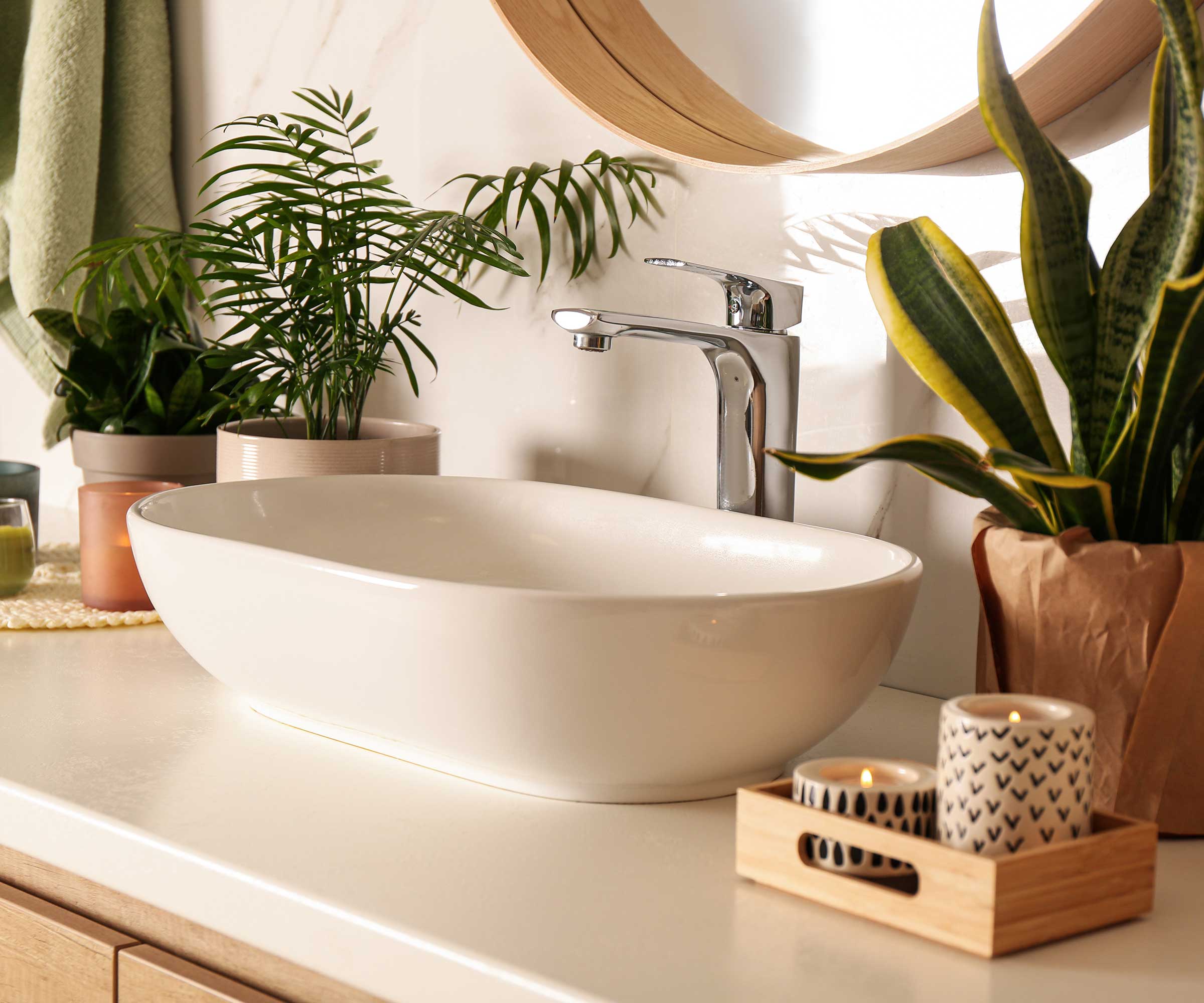
'Certain indoor plants, like spider plants, peace lilies, and bamboo palms, are known for their air-purifying qualities,' explains William Horton, co-founder of Homebody Forever. 'They help in filtering the air, reducing pollutants, and providing a subtle, natural scent that is generally well-tolerated by people with fragrance sensitivities.'
Additionally, you can incorporate plants that infuse subtle scents into your home, such as lavender, rosemary, citrus trees, eucalyptus, and mint.
3. Utilize natural aromatherapy diffusion
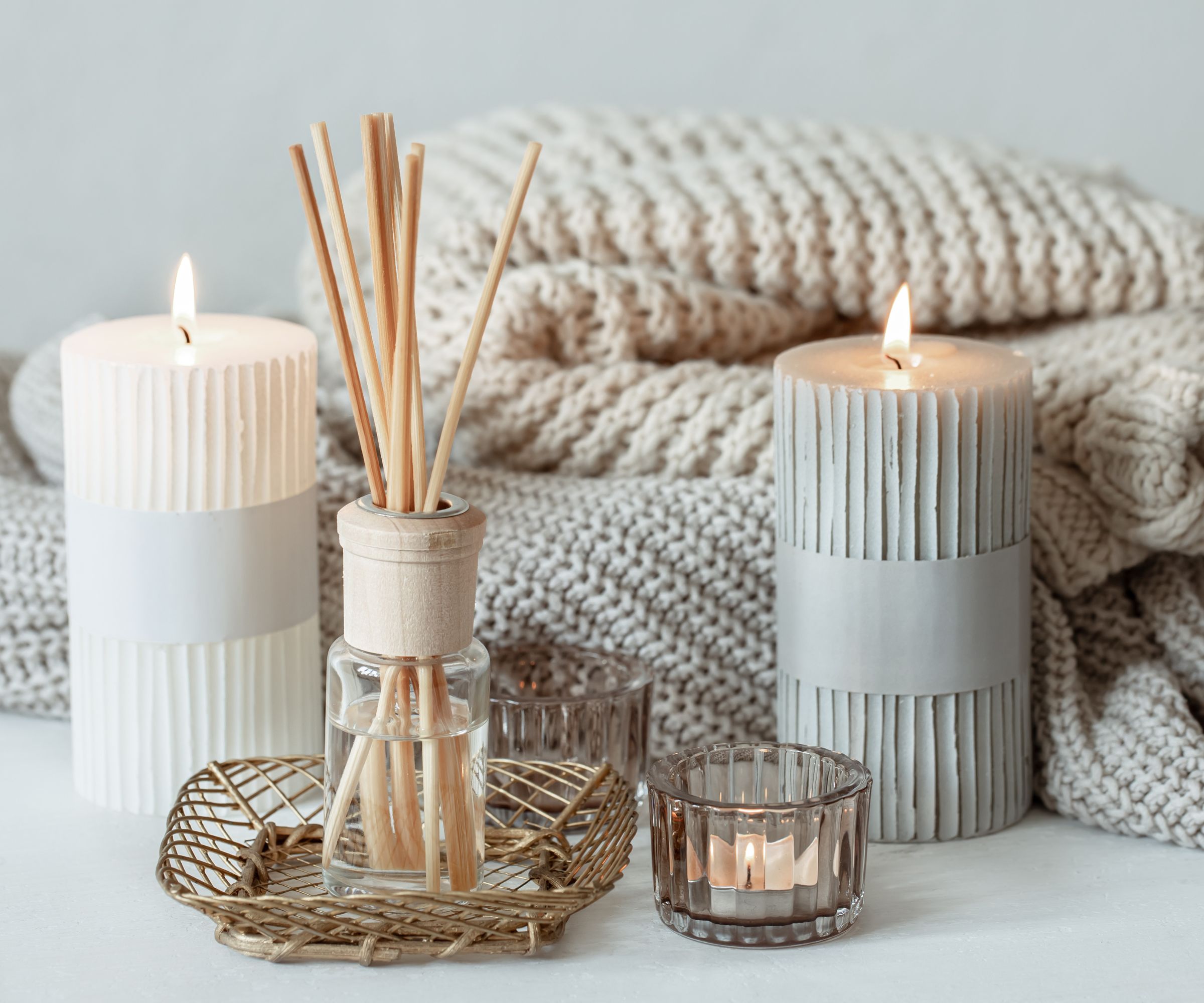
For those with a heightened sensitivity to fragrances, natural aromatherapy diffusion can be used in conjunction with hypoallergenic essential oils – with options like lavender, chamomile, or eucalyptus – to gently introduce fragrances into your home.
These oils can be diffused to create a soft, adaptable scent that doesn't overpower the senses. Do this with a conservative application of oil, fine-tuning the concentration based on personal tolerance levels.
Strategic placement of the diffuser in well-ventilated spaces becomes a key consideration, allowing the fragrance to permeate gradually and unobtrusively. Just remember to clean your diffuser regularly to prevent residue buildup.
'By using diffusers with essential oils in large rooms, you can take concentrated scents and turn them into soft scents, build a warm, comforting environment for your family and guests without worrying about sensitivities,' says Ed Dailey.
'For a customizable and gentle fragrance option, why not craft your reed diffusers using a neutral carrier oil? Mix this with a minimal amount of essential oil for a milder scent,' says Ritika Asrani.
'DIY reed diffusers allow you to control the intensity and experiment with various scents, making it a personalized and scent-sensitive solution.'
Ritika Asrani also suggests using, 'Terracotta diffusers as an elegant and subtle way to infuse natural fragrances. These porous clay diffusers absorb and slowly release scents, providing a nuanced aroma without overwhelming sensitive noses. Pair them with earthy scents like sandalwood or vanilla for a calming effect.'
4. Opt for natural fabrics and materials

Opt for natural, unscented fabrics for curtains, linens, and upholstery.
'Select furniture for your home that is composed of natural materials like bamboo, cotton, or wool. These materials help create a clean, fresh atmosphere because of their neutral aroma,' explains Beth Haven, a fragrance expert at Businessmole.
Additionally, fabrics can absorb and retain odors, so choosing materials that are less likely to trap smells is beneficial.
You can also add a personalized scent to your upholstery by using sensitive fragrant solutions such as sachets with potpourri or wax used between sofa cushions.
5. Employ odor-neutralizing elements
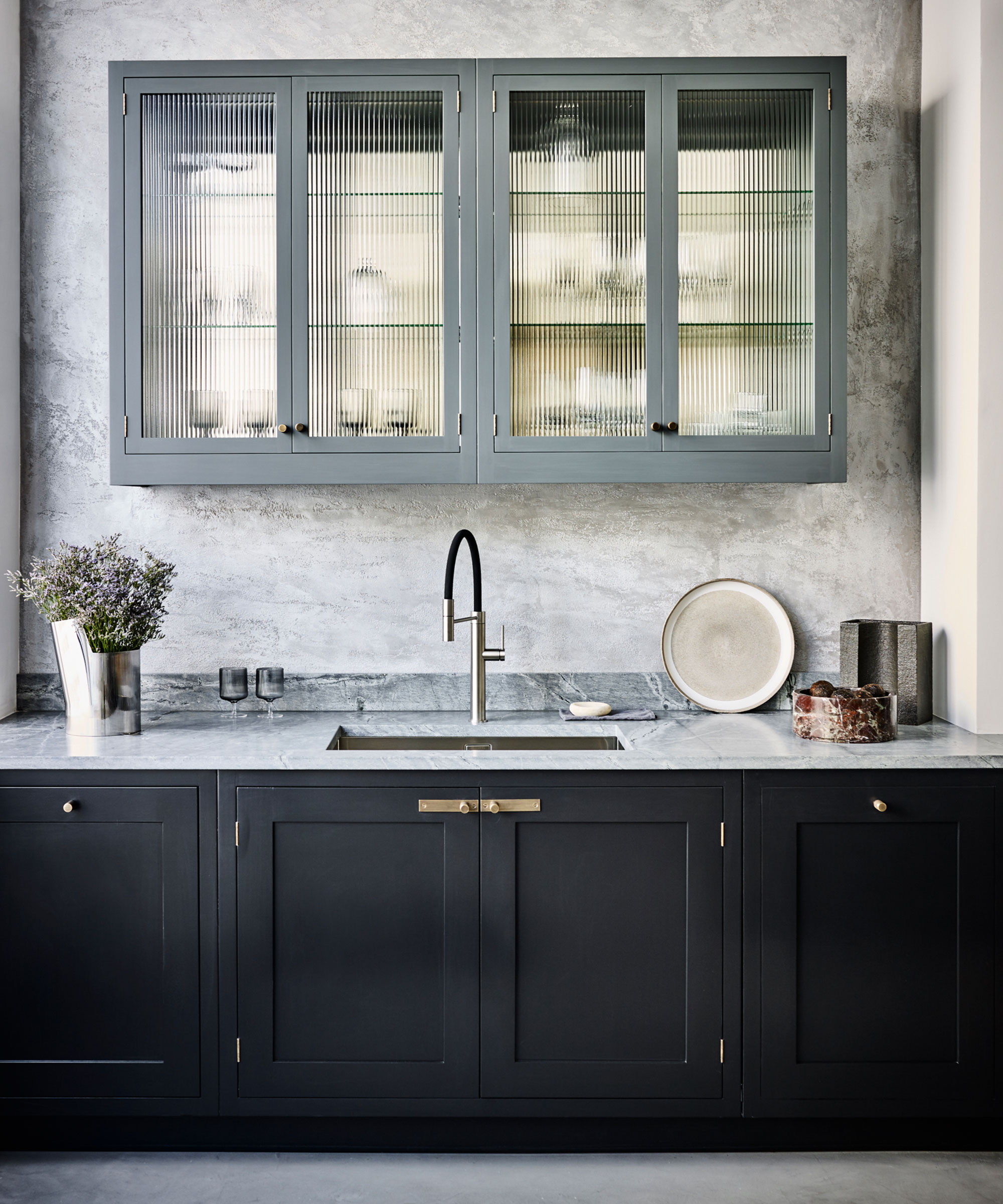
Elevate your living space by strategically incorporating odor-neutralizing elements such as baking soda, activated charcoal sachets or bamboo charcoal bags in key areas to eliminate any odors, ensuring your home smells nice. We recommend these activated charcoal bags, from Amazon.
'Activated charcoal and baking soda are excellent at absorbing odors without adding any scent,' says William Horton. 'Place bowls of baking soda or activated charcoal in various rooms, especially in areas prone to dampness or mustiness, to naturally purify the air.'
'Combine air purification with subtle fragrance,' adds Ritika Asrani. 'Charcoal air purifiers not only cleanse the air but can also be infused with natural scents.
'By adding a few drops of a mild essential oil to the charcoal filter, you achieve a double benefit – cleaner air and a delicate, customizable aroma.'
Additionally, you can use baking soda and dried lavender to create a carpet refresher.
6. Adopt conscious cleaning techniques
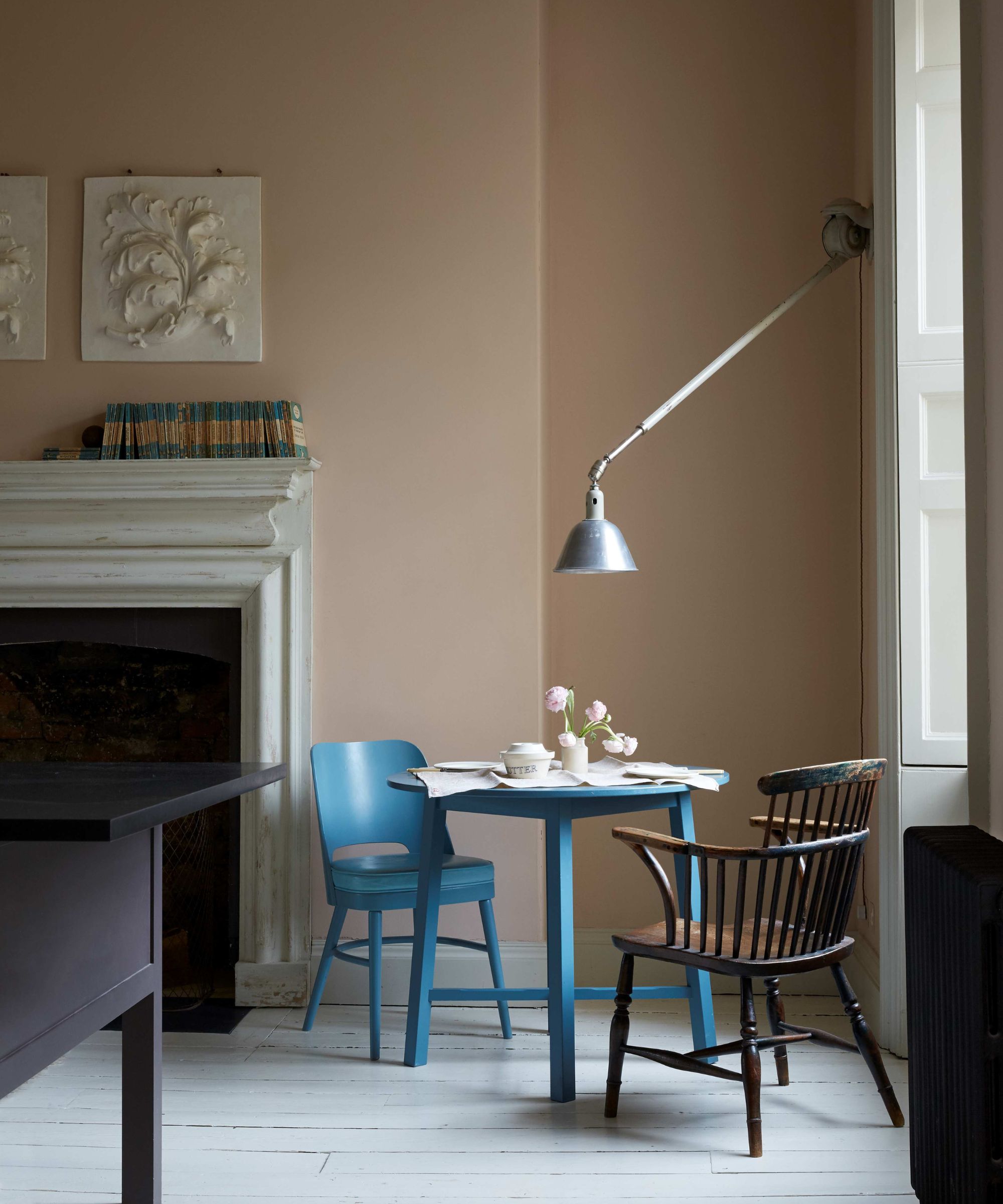
'Dust, mold, and mildew can cause unpleasant odors. Use fragrance-free cleaning products and focus on areas like carpets, upholstery, and curtains, which can harbor odors,' advises William Horton.
'Opt for fragrance-free or hypoallergenic cleaning products. These products will help maintain the cleanliness of your home without introducing strong artificial scents.' We recommend this ECOS Parsley all-purpose cleaner, from Walmart.
As an alternative, you can make your own cleaning solutions with basic components like baking soda and vinegar.
7. Ensure regular ventilation
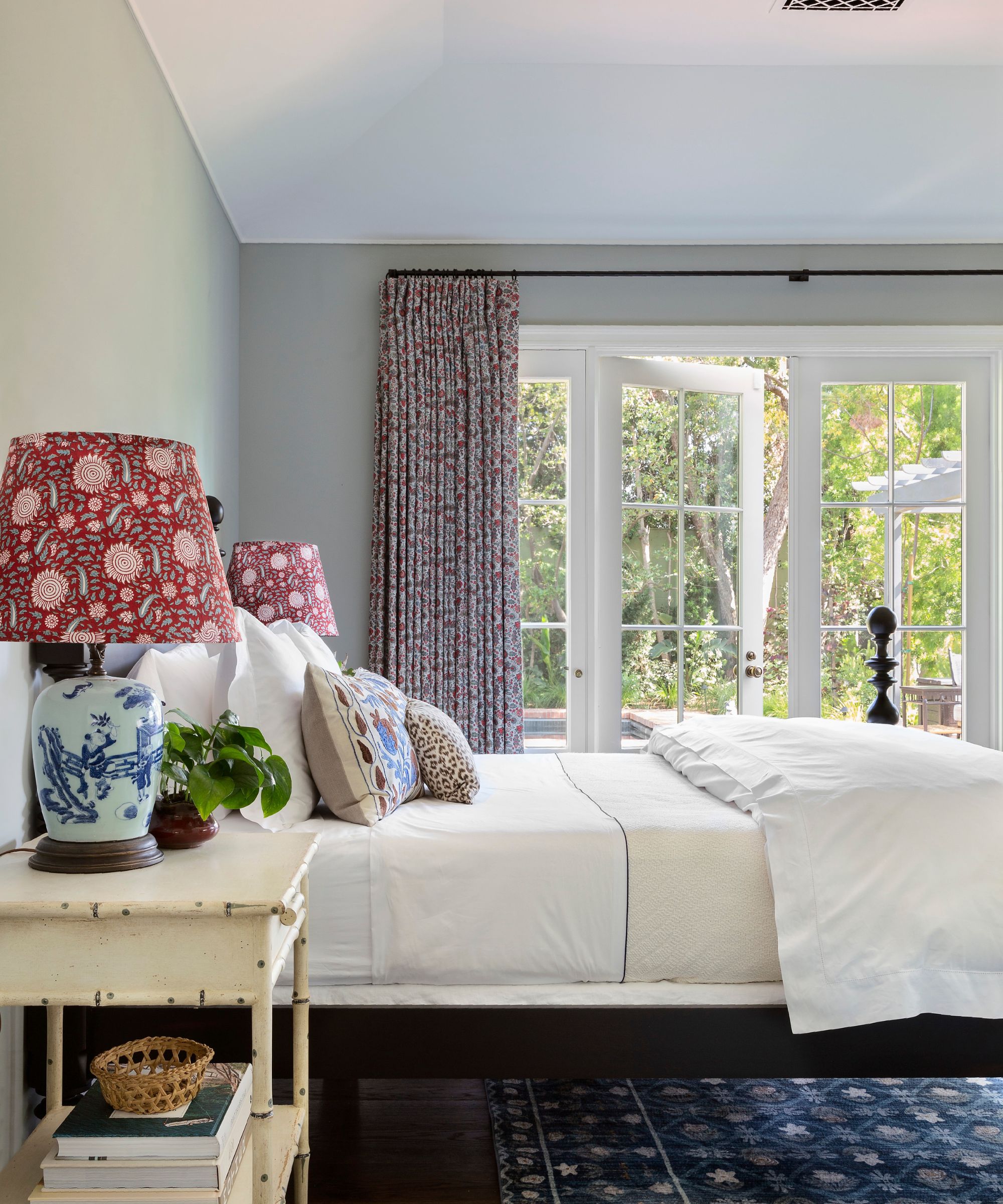
Ensuring your home is well-ventilated will prevent musty odors from settling in. Regularly open windows to let fresh air circulate to promote good air quality.
Opt for an air purifier with a HEPA filter to capture dust and neutralize odors without releasing scents. Be sure to clean your air purifier to ensure it works efficiently.
FAQs
Where should you place fragrant items in a space?
'A common mistake is to overlook the source and the placement of your fragrances. As you position scents around your home, you need to keep in mind how people will use and gather in the room, and its proximity to other scents in nearby rooms,' advises Ed Dailey, director of holistic development at Young Living.
'You want your scents to be subtle and appropriate for the space and occasion.
'If you want to use different scents in each room, make sure they can play off each other and blend from room to room.'
Tactical placement of scents in a room will also ensure they aren't overwhelming, which can be particularly important to those with fragrance sensitivities.
Finally, laundering fabrics with unscented detergents and using fragrance-free cleaning supplies contribute to a scent-sensitive-friendly home.







